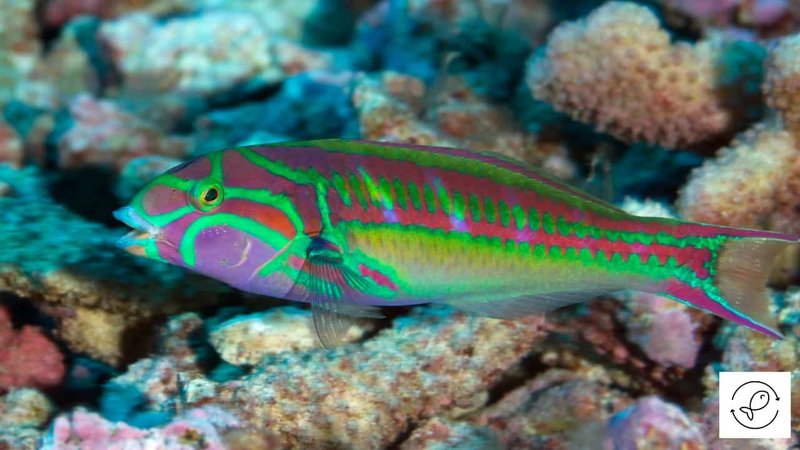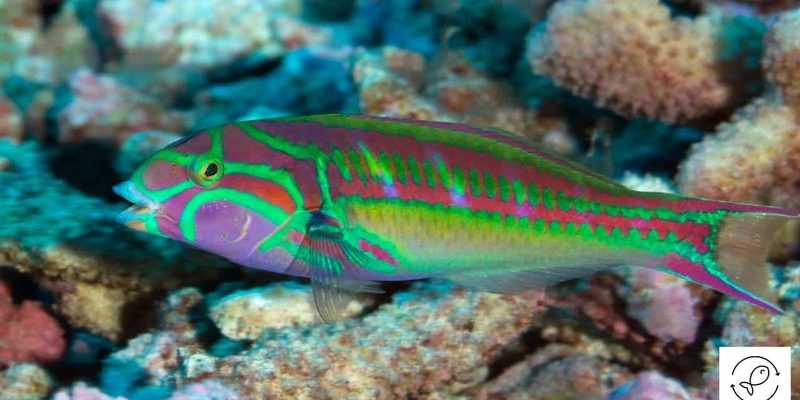
Wrasse are often known for their vibrant colors and playful personalities. They’re like the life of the party in the fish tank! But just like any guest, they have specific tastes when it comes to food. The right diet can make a world of difference in their behavior, health, and coloration. In this guide, we’ll break down the best feeding practices for wrasses, so you know exactly what to whip up for these aquatic buddies.
Understanding the Diet of Wrasse
You might be wondering, “What do wrasse eat in the wild?” Well, wrasses are primarily carnivorous. They feast on a variety of small marine creatures, including zooplankton, small crustaceans, and mollusks. Think of wrasse as nature’s little pest controllers; they often help maintain healthy reef ecosystems by munching on pesky parasites and other small nuisances living on larger fish.
This natural diet means that when you bring a wrasse into your aquarium, you’ll want to replicate their natural eating habits as closely as possible. This not only ensures they’re happy but also supports their overall health. The right food will help them maintain vibrant colors and keep their energy levels up so they can swim around joyfully.
Types of Food for Wrasse
Wrasse thrive on a variety of food types. Here are some main categories you should consider when planning their meals:
- Pellets: High-quality pellets designed for carnivorous fish can be a staple in their diet. Look for those rich in protein and fiber.
- Frozen Food: Offering frozen shrimp, brine shrimp, or mysis shrimp can mimic what they would eat in the wild. Just make sure to thaw it before serving!
- Live Food: If you can handle it, live food like small feeder shrimp can be a real treat for your wrasse. They love the thrill of chasing down their dinner!
- Seaweed and Algae: Some wrasse enjoy nibbling on dried seaweed or algae sheets, providing them with necessary nutrients.
You might find that your wrasse has a favorite food. It’s not unusual for them to ignore certain options while eagerly gobbling others. Pay attention to their preferences; this helps you fine-tune their diet over time.
Feeding Schedule for Your Wrasse
Like any good diner, wrasse do best with a consistent feeding schedule. So, how often should you feed them? Generally, you should aim to feed adult wrasse once or twice a day. Young wrasse, on the other hand, might benefit from being fed three times a day since they’re growing and need more energy.
One handy tip is to provide only as much food as they can consume in about 2–3 minutes. This prevents overfeeding, which can lead to water quality issues. Plus, it keeps your fish from turning into little couch potatoes! And remember, it’s perfectly normal for them to gobble up food quickly—it’s their nature.
Common Feeding Problems and Solutions
Even with the best intentions, feeding wrasse can come with challenges. Here are a few common issues you might encounter and tips on how to tackle them:
1. Picky Eaters: If your wrasse suddenly refuses to eat, don’t panic. You could try offering a different type of food they haven’t tried before, or even mix in some live food to tempt their appetite.
2. Overfeeding: It’s easy to go overboard, especially with those big adorable eyes looking up at you! To avoid this, stick to the rule of feeding only what they can consume in a few minutes. If you notice leftover food, it’s a sign you might be overdoing it.
3. Poor Water Quality: Uneaten food can lead to water quality issues, impacting your wrasse’s health. Use a good aquarium vacuum to clean up any leftovers regularly.
By keeping these potential issues in mind, you can ensure your wrasse stays healthy and happy.
Special Considerations for Different Wrasse Species
There are many different species of wrasse, and each may have slightly different dietary needs. For example, cleaner wrasse, like the Labroides dimidiatus, primarily feed on parasites from other fish and may need more diverse options to satisfy their hunting instincts. On the flip side, some reef wrasse may thrive on more plant-based foods alongside their meaty diet.
Researching specific species can give you a clearer picture of what they need. It’s like knowing the favorite dishes of your friends; it helps in being a great host!
Tips for Fresh and Frozen Food Preparation
Now that you’ve got the food types down, let’s talk about preparation. Here are some handy tips for preparing fresh and frozen food for your wrasse:
– For Frozen Foods: Always defrost them in a cup of aquarium water before dropping them into the tank. This not only keeps water temperatures stable but also avoids shocking your fish.
– For Fresh Foods: Rinse any fresh food items like shrimp or mollusks under fresh water first. This removes any additives or preservatives that might be harmful.
When serving food, consider using a feeding ring to keep everything in one spot, allowing your wrasse to enjoy their meal without competition from other fish!
Feeding wrasse can seem a bit daunting at first, but it’s all about understanding their natural diets and preferences. Create a diverse menu, maintain a consistent feeding schedule, and keep an eye on their eating habits. With a little care and attention, you can ensure your wrasse are healthy and vibrant, adding life and color to your aquarium. Remember, happy fish make for a happy tank!

